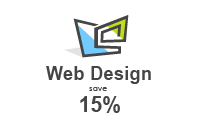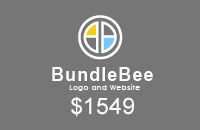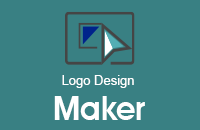How you can help your designer
June 30th, 2011Often the designers will hit a roadblock when the exact vision of the client isn`t met. Rather than expecting the perfect logo on the first, second or even third time, look for elements in each of the samples that you like. Such elements can be fonts, color schemes, layouts, graphic elements. From there, you can make a note of the items you like from each sample (for example, the font in sample #3 with the color scheme of sample #8 and the layout in sample #4 etc….) The beauty of graphic design is that we can mix, match and change these things quickly.
Patience IS a virtue
When working on your project, it is important to consider that your logo design will, more often then not, take time. Logo design is a creative process, and it is important to remember that. Personally, I have dealt with patient clients and impatient clients, and I have found that trying to rush the process often results in the client not getting exactly what they asked for.
Read the rest of this entry »



